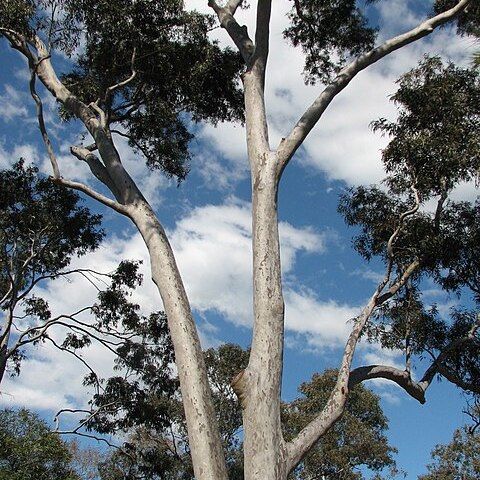Open forests, on hilly country, in almost pure stands on the lower slopes of valleys and on ridges where the soil is fairly fertile and not too dry and on upper slopes of northerly facing aspect.
Grows usually on valley slopes and ridges ofcoastal ranges, and on undulating areas nearer the coastline, in open forest insandy soils, sometimes in pure stands.


